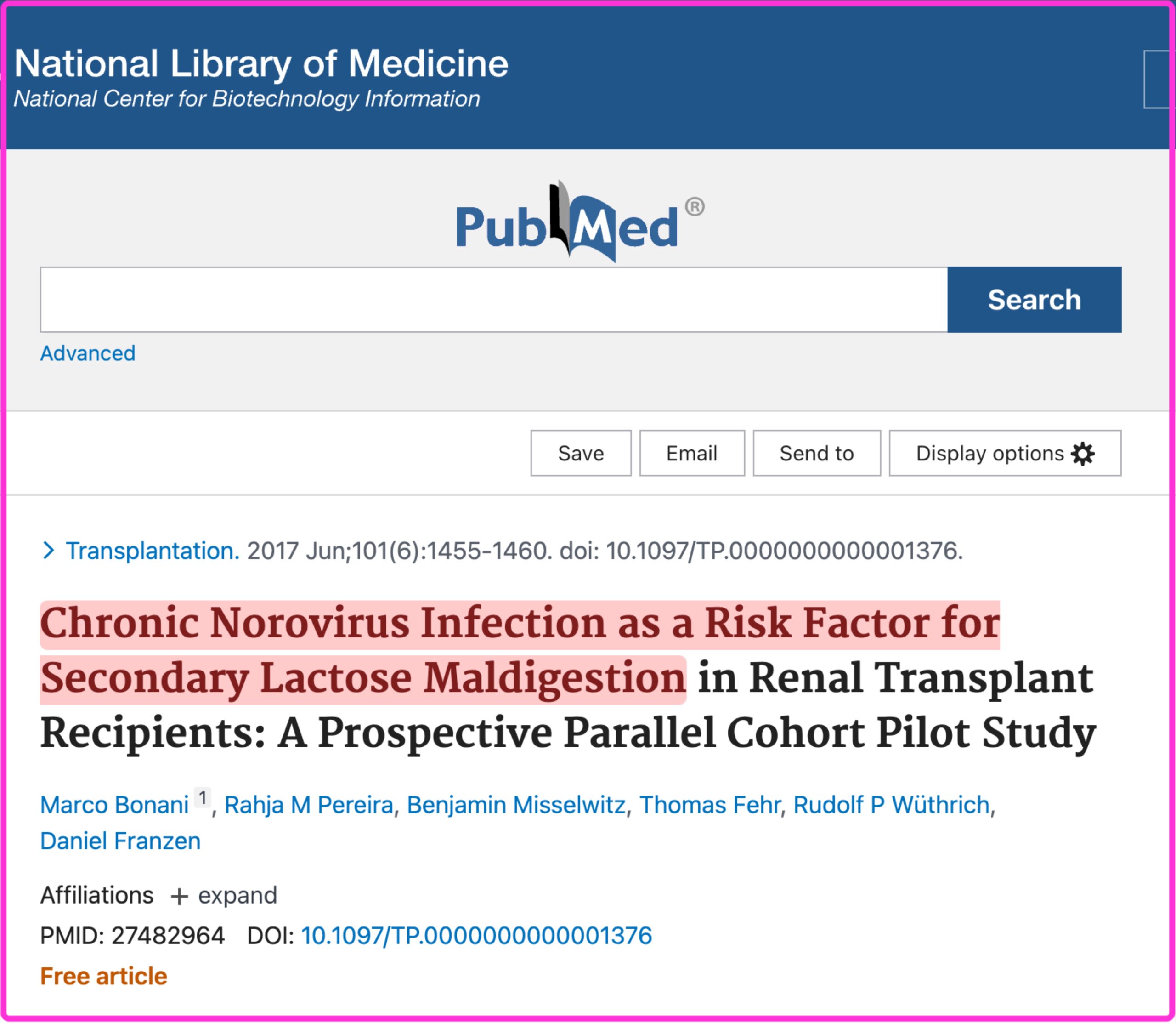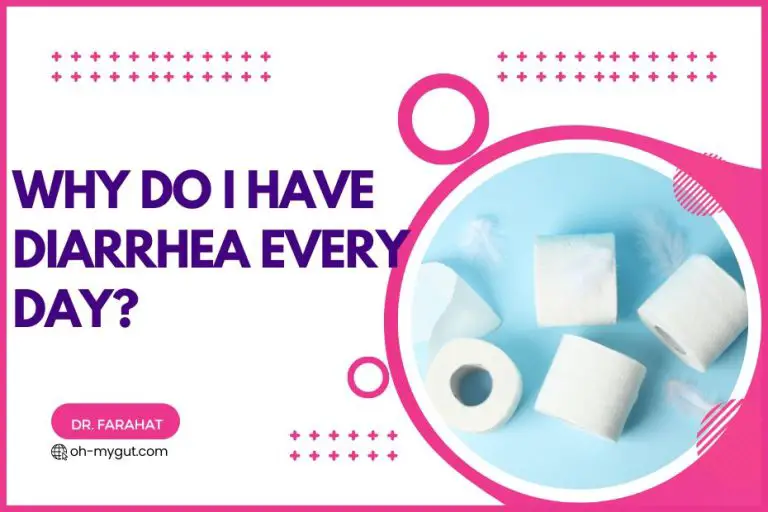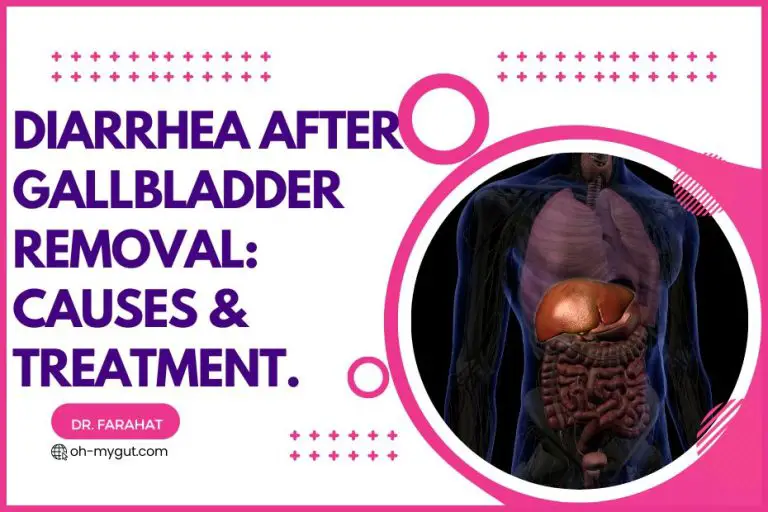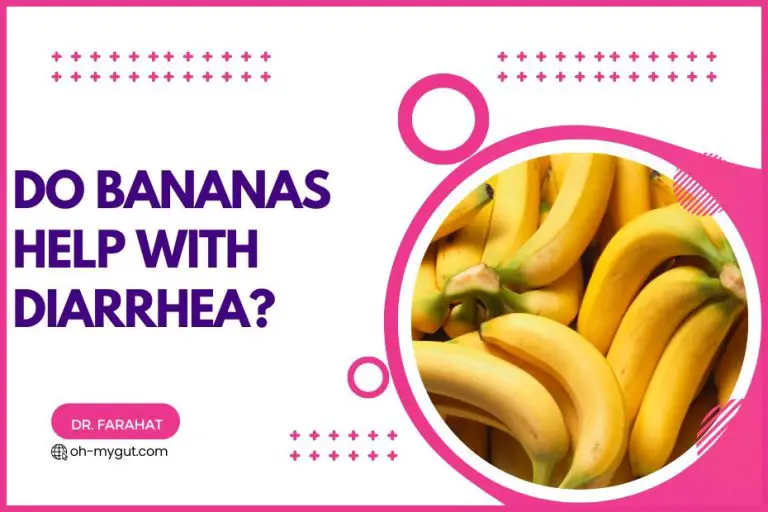Norovirus Poop Color Changes & When To Worry
Our content is not intended nor recommended as a substitute for medical advice by your doctor. Use for informational purposes only.
The short answer.
The stool color during a norovirus infection can vary but often is yellow, pale, or light brown. However, it’s crucial to be aware of any atypical colors or extended changes. Noticing any severe symptoms is also key in determining when to seek medical help.
Key facts.
- Norovirus, a contagious virus, typically causes yellow, pale, and light brown stools due to diarrhea.
- Green or regular brown stools or excessive white mucus are less common.
- Persistent color changes post-infection may indicate ongoing issues.
- Serious symptoms like severe dehydration, abnormal renal function, bloody stool, or prolonged symptoms warrant medical attention.
- Norovirus and rotavirus can both temporarily alter stool color in babies.
- Norovirus does not generally cause bloody stools.
- A yellow or pale watery stool can result from various conditions, not only norovirus.
- Diagnosis is usually symptom-based but can be confirmed with a stool test.
- Stool color normalizes post-recovery, supported by hydration, rest, and a gradual return to solid foods.
Must-know facts about norovirus infection.
Norovirus is among the most common causes of viral gastroenteritis in children and adults. It typically causes mild to moderate diarrhea. The symptoms are usually self-limiting within five days.
Norovirus stool changes are not specific and cannot be used as a clue to the diagnosis of the infection.
Norovirus is famous for causing outbreaks in various settings, including schools, hospitals, restaurants, cruise ships, and resorts (reference).
Moreover, there is no vaccine against norovirus. Many people get reinfected with norovirus twice or more due to high resistance of the virus, several strains, and mutations.
Before I dive into the possible stool changes with norovirus, here are some basic facts you should know about norovirus infection.
| Must-Know Facts about Norovirus Infection | Details |
|---|---|
| What is Norovirus? | Norovirus is a highly contagious virus that causes inflammation in the stomach and intestines, leading to stomach cramps, diarrhea, and vomiting. |
| Prevalence | It is the most common cause of epidemic gastroenteritis worldwide. According to the Centers for Disease Control and Prevention, 19 to 21 million people get norovirus acute gastroenteritis in the U.S. each year. |
| Most Affected Age Groups | Although norovirus can affect people of all ages, young children and older adults are at the highest risk. |
| Route of Infection, Incubation Period | Norovirus is typically spread through contaminated food or water or through close contact with an infected person. The incubation period is usually 12 to 48 hours. |
| Typical Symptoms | The most common symptoms include diarrhea, vomiting, nausea, and stomach pain. Some people may also experience fever, headache, or body aches. |
| Treatment | Treatment focuses on preventing dehydration. There’s no specific antiviral drug to treat norovirus. |
| High-risk Groups | The elderly, children under five, and those with weakened immune systems are most at risk for severe illness. |
Typical Poop Colors of Norovirus Stomach Flu (Diarrhea)
Norovirus stomach flu, or gastroenteritis, often results in diarrhea. The color and consistency of the stool can vary. Here’s what you might typically expect:
1. Yellow or Pale Poop
Norovirus often causes your stool to be yellow or pale. This color change is due to the rapid passage of stool through your gut. The quick transit doesn’t allow your digestive system enough time to add the normal brown pigmentation that comes from the breakdown of bile.
Norovirus is one of the most common causes of stomach flu in adults and the most common cause of acute diarrhea in children under five years (reference).
So, if you are experiencing watery yellow or pale diarrhea as an adult, or your child/infant is experiencing yellow or watery diarrhea, it is probably due to norovirus.
The yellow or pale poop with norovirus is usually not a cause of concern as long as the diarrhea is moderate, not associated with blood, and there are no red-flag signs (see later).
The yellow color of poop typically returns to normal within a few days after the diarrhea stops.
Other typical symptoms of norovirus include (reference):
- Nausea, vomiting (more prominent in norovirus than most other viruses)
- Watery diarrhea: generally moderate: approximately four to eight stools over a period of 24 hours).
- NO bloody stool.
- Mucus in stool is rare.
- Abdominal pain.
- Generalized myalgias, malaise, and headaches are common.
- Fever occurs in approximately half of cases. Patients generally feel uncomfortable but do not appear severely ill; severe dehydration can occur in aged extremities (infants and elderly people).
2. Light Brown Stool (Diarrhea)
Some people with a norovirus infection may observe a light brown stool. This is typically loose or watery, reflecting the common symptom of diarrhea that comes with the norovirus infection.
Lighter brown stools often occur with mild norovirus infection where the stool is loose (semi-formed), not watery.
Atypical Norovirus Poop Colors and What They Mean
Sometimes, stool color with norovirus infection may differ from what’s typically seen. Let’s explore some of these:
1. Green Poop
Green poop during a norovirus infection is less common. It typically happens when food moves too quickly through the gut, such as during diarrhea, and the body doesn’t have time to break down bile pigments completely. Although it’s unusual for norovirus, green poop isn’t generally a cause for concern unless accompanied by other severe symptoms.
2. Normal (Brown) Stool
A return to normal, brown stool might indicate that the norovirus infection is resolving. However, if the stool consistency is still loose or you’re still experiencing symptoms like nausea or abdominal pain, it might mean that the infection is still present.
3. Excessive White Mucus in Stool
Although norovirus can cause your body to produce extra mucus, it’s generally not a characteristic sign of the infection. If you notice a significant amount of white mucus in your stool, it could indicate a different issue like irritable bowel syndrome or an infection in the digestive tract. In such cases, it’s recommended to consult with a healthcare provider for further evaluation.
Long-lasting stool color changes after norovirus infection.
After recovering from a bout of norovirus infection, you might still observe some changes in your stool color. Generally, these shifts in hue should resolve on their own once your body has completely healed from the infection.
Moreover, The infection may persist in people with impaired immune systems. The most common chronic sequelae of norovirus infection is prolonged diarrhea in immunocompromised individuals, which can last for many months leading to wasting or failure to thrive (reference).
A. Post-infectious IBS and lactose intolerance:
However, if these color changes persist, it could be a sign that your body is still grappling with the virus or dealing with another gastrointestinal issue.
For example, stomach flu may cause damage to your small intestine’s absorptive surface, leading to prolonged digestive issues (such as lactose intolerance) and permanent stool changes (commonly loose yellow stools). This condition is known as secondary lactose intolerance (lactose intolerance occurring due to severe infections) (reference).
B. Persistence of Norovirus infection (chronic norovirus):
Sometimes, prolonged periods of diarrhea and stools with a yellowish color could be indicative of ongoing inflammation in your gut due to the norovirus infection (chronic norovirus diarrhea).
Chronic norovirus infection doesn’t typically affect healthy people. It is more common in patients with deficient immune systems, as in immune-deficiency diseases, severe chronic illness, or those who receive immunosuppressive medications (reference).

Persistent diarrhea and pale stool are often more obvious when you consume milk or other dairy products.
So, if you’re observing these signs, here’s a practical tip: Keep a diary of your symptoms and the color of your stool. This information can help your healthcare provider understand what’s happening and inform any necessary investigations or treatments.
When to worry about norovirus stool?
Although norovirus is typically a short-lived infection, it’s vital to know when to seek medical attention. Here’s what you should watch out for:
- Excessive white mucus in your stool or a constant urge to defecate (tenesmus).
- Signs of severe dehydration with persistent thirst, dark-colored urine, dizziness, and fatigue.
- Presence of blood in your stool or rectal bleeding.
- Unexplained weight loss.
- Severe or persistent abdominal pain.
- Symptoms lasting for more than a week.
- Recent hospitalization or antibiotic use, which can make you more susceptible to infections.
- If you’re 65 or older, pregnant, or have other existing health conditions such as diabetes or a weakened immune system.
If you observe any of these signs, seek medical attention promptly.
Is there a difference between norovirus and rotavirus color in babies?
Both norovirus and rotavirus infections can cause similar symptoms in babies, including changes in stool color. However, these changes are typically temporary and should resolve once the infection is cleared. Remember, if you’re concerned about your baby’s stool color or if they show signs of dehydration or unusual behavior, it’s always a good idea to contact a healthcare provider.
FAQs:
1. Does Norovirus Cause Bloody Stools?
Norovirus is generally not associated with bloody stools. If you or your child experiences this, it’s critical to seek medical attention as it could be a sign of a more serious condition.
2. Does Yellow or Pale Watery Stool Always Mean Norovirus Infection?
A yellow or pale watery stool can be a symptom of various conditions, not just norovirus. Any diarrhea (either due to infection, food intolerance, IBS, or others) can lead to pale or yellow stools. Always consult a healthcare provider if you notice persistent changes in stool color or consistency.
3. How to Confirm Norovirus Diagnosis?
A norovirus diagnosis is typically made based on the clinical symptoms. However, if needed, your healthcare provider might confirm the diagnosis with a stool test. If your symptoms are mild without any red flags, your doctor may not require testing for norovirus.
4. How to Revert My Stool to Normal After Norovirus Stomach Flu?
Returning your stool to its normal color and consistency after a norovirus infection will generally occur naturally as your body recovers. You can support this process by staying well-hydrated, getting plenty of rest, and gradually reintroducing solid foods into your diet. Remember, everyone’s body recovers differently, so be patient and consult a healthcare provider if you have concerns.
- Evidence-based
- Written by a doctor.






